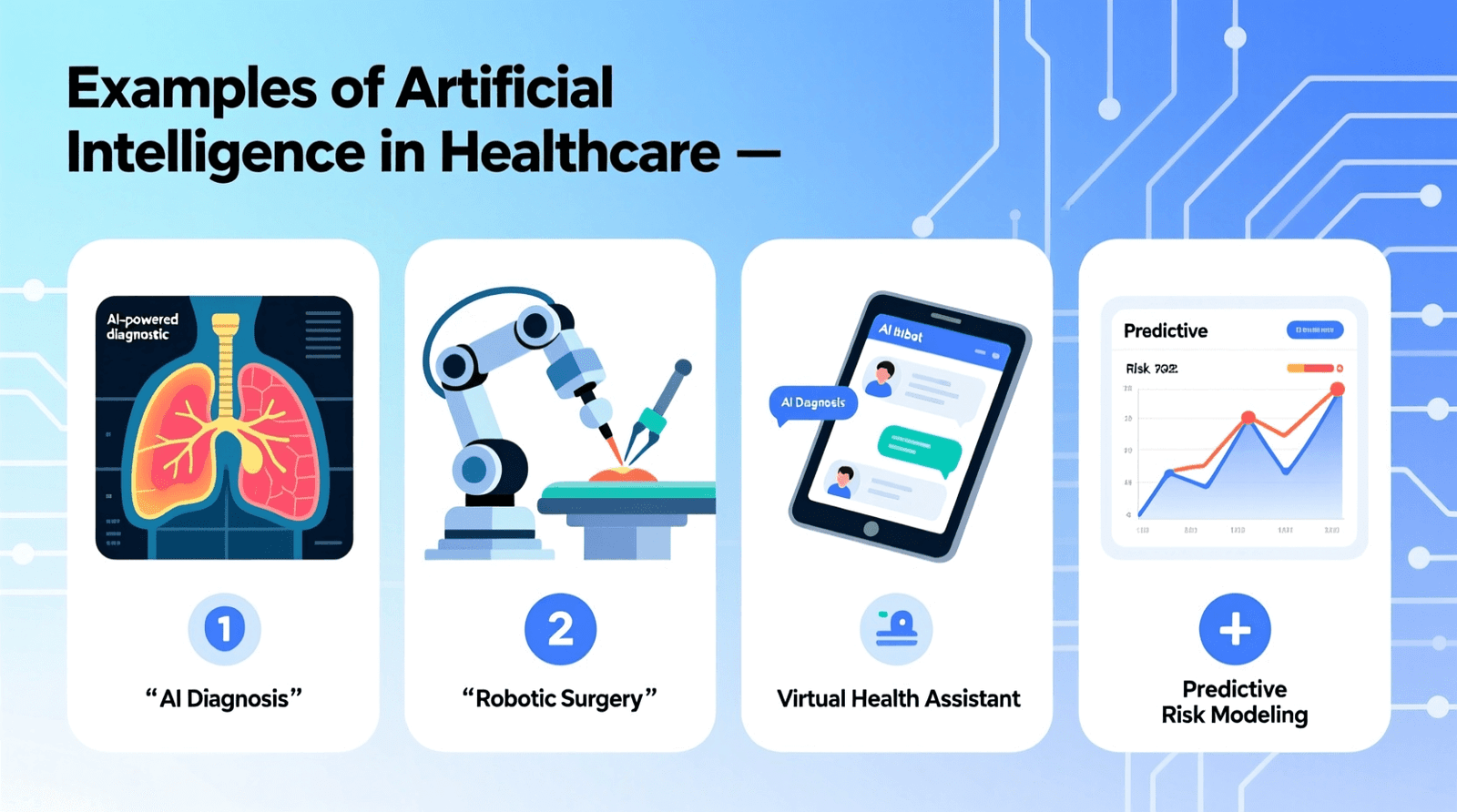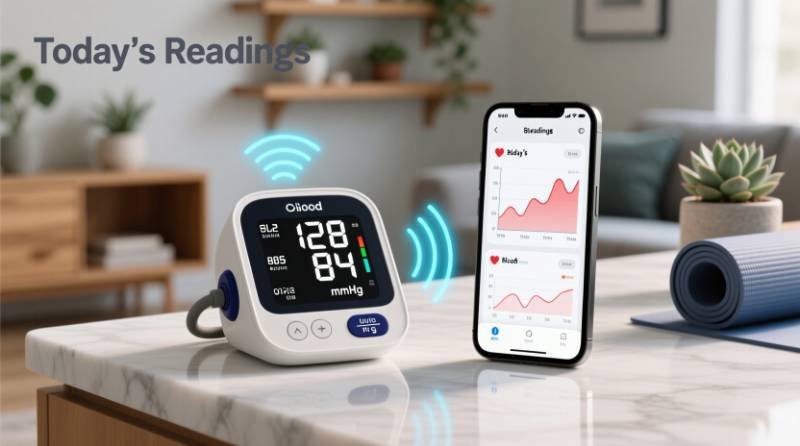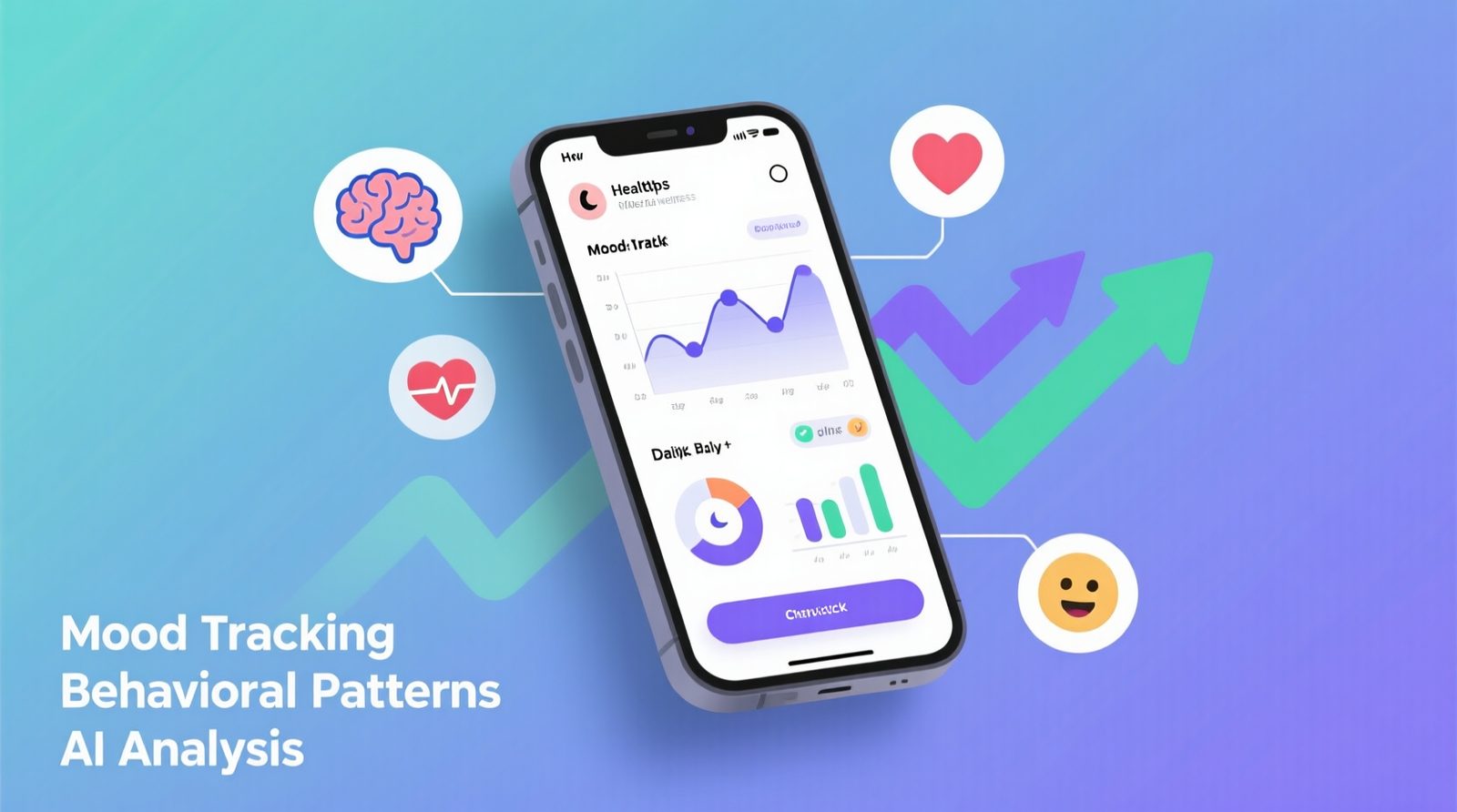The brain is the most complex part of the human body because the neurons control emotions, behaviors, and thoughts. Additionally, the brain functions understanding opens valuable insights into mental performance and cognitive and emotional well-being. This is where advanced brain mapping techniques come into play. Such methods provide a non-invasive solution to analyze and monitor brain activity and improve brain function.
qEEG and neurofeedback are evolving the way we approach cognitive enhancement, neurological rehabilitation, and mental health. Using these techniques, experts can identify irregular brain wave patterns and ensure their recovery. Therefore, these techniques help the person reduce anxiety, improve memory, and manage other neurological disorders. This blog explains how advanced brain mapping techniques work and are boons to the better of mental performance.
What is Brain Mapping?
In brain mapping, experts refer to studying the structure and functions of the brain using diagnostic tools and different imaging techniques. The major goal of this method is to identify neural activity patterns and comprehend how various areas of the brain interact.
For this reason, clinicians detect the abnormalities that help in the well-being of cognitive p[performance and tailor the treatment plan according to the patient’s neurological conditions. Moreover, these brain mapping methods involve different functions, which are mentioned below for your information.
- Positron Emission tomography (PET)
- Functional MRI
- Electroencephalography (EEG)
Among all the methods, quantitative electroencephalography (qEEG) has grabbed significant attention for its ability to provide an in-depth analysis of brain wave activity. qEEG encompasses the electrical patterns in the brain because it gives real-time insights into seamless cognitive function.
Understanding Quantitative EEG (qEEG)
qEEG is the latest approach to analyze a person’s brain wave activity. For this reason, professionals use electrodes that are placed on the scalp to measure electrical impulses and analyze them with the help of computer algorithms to create a brain map.
The process of qEEG includes data collection in electrodes placed on the scalp that record the brainwave activity for the set period. Afterward, the recorded data is processed using specialized software to recognize the patterns. They also find irregularities and deviations from normal brain functions to diagnose the issues.
Professionals and clinicians compare databases of healthy individuals to determine potential issues. According to the findings, a neurofeedback plan is created to address the concerns. Thus, this method provides a non-invasive way to measure brain functions and makes them imperative tools for brain activity optimization. Experts use this technique widely to enlist issues.
- Cognitive decline
- ADHD
- Anxiety
- Depression
- PTSD
The Role of Neurofeedback in Brain Training
After understanding qEEG, it is imperative for them to understand neurofeedback. This step is imperative for the diagnosis of the issue. The neurofeedback technique uses real-time monitoring of brain performance to encourage individuals to train their brain waves. Basically, this technique can be designed on the concept of operant conditioning. The operant conditioning brain learns to self-regulate its activity to improve performance.
The first step of this activity is initial brain mapping, in which experts use qEEG assessments to detect irregularities in brain activity. After the detection, clinicians and experts designed a personalized training program targeting areas of specific cognitive and emotional concern.

During a neurofeedback session, sensors record brain activity, and the persons receive real-time visuals. Furthermore, experts ensure positive reinforcements, which assist the brain in learning to adjust and improve the activity. Here are the conditions for which this method works fabulously.
- Improve cognitive performance
- Minimizing the stress
- Improve the Focus
- Managing neurological issues
Benefits of Brain Mapping and Neurofeedback for Mental Performance
The benefits of using mapping methods for better brain functionality are insane. Let’s see the benefits of both techniques for an individual’s mental performance.
- Improved Focus and Attention- Brain mapping assists in identifying areas that are responsible for attention. qEEG and neurofeedback train the brain to regulate the attention span. Besides, these methods are ideal for persons who have concentration and ADHD difficulties.
- Enhanced Memory and Cognitive Function- The use of neurofeedback techies stimulates neural paths for memory retention. They ensure faster information processing and sharper cognitive abilities, which directly boost the problem-solving skills of the person.
- Reduction in Anxiety and Stress- The Neurofeedback method assists individuals in regulating the autonomic nervous system, stress, emotional dysregulation, and reducing anxiety
- Better Sleep Patterns- If the person’s brain waves show irregular activities in the qEEG, it is often linked with sleep disorders. For this reason, neurofeedback helps the brain to regulate sleep cycles that lead to restorative sleep.
- Support for Neurological Disorders- These techniques show promising results in encountering conditions like depression, epilepsy, PTSD, and depression. Hence,such techniques are quite helpful in normal brain activity and aid in recovery.
Who Can Benefit from Brain Mapping and Neurofeedback?
Brain mapping and neurofeedback are suitable for most of the people. Here are a few examples from which you can understand why you need them.
- It helps athletes to increase their reaction time, stress management, and mental clarity.
- These techniques assist professionals and students in improving their learning ability and focus.
- Individuals who suffer from depression and anxiety train their brains for better self-regulation.
- It promotes neural recovery in patients from brain injuries.
Moreover, home-based neurofeedback systems are developing and ensuring individuals can train their brains in the comfort of their homes.
Ending Up Thoughts
So, the above-mentioned discussion shows how advanced brain mapping techniques are revolutionary in improving brain functions. Also, experts use qEEG techniques to identify the irregularities in brain waves and provide training to individuals to self-regulate. Afterward, experts use the neurofeedback method in which they create a plan to target particular concerns for improvement. Despite this, these techniques’ major benefits are improving focus, memory, stress management, and neurological recovery. Moreover, these advanced brain mapping methods are best for everyone, which boosts mental performance and better focus. Lastly, every individual, either a student or athlete, can benefit from these mapping techniques and improve brain functionality.





One thought on “Brain Mapping Techniques: How qEEG and Neurofeedback Enhance Mental Performance?”
Comments are closed.